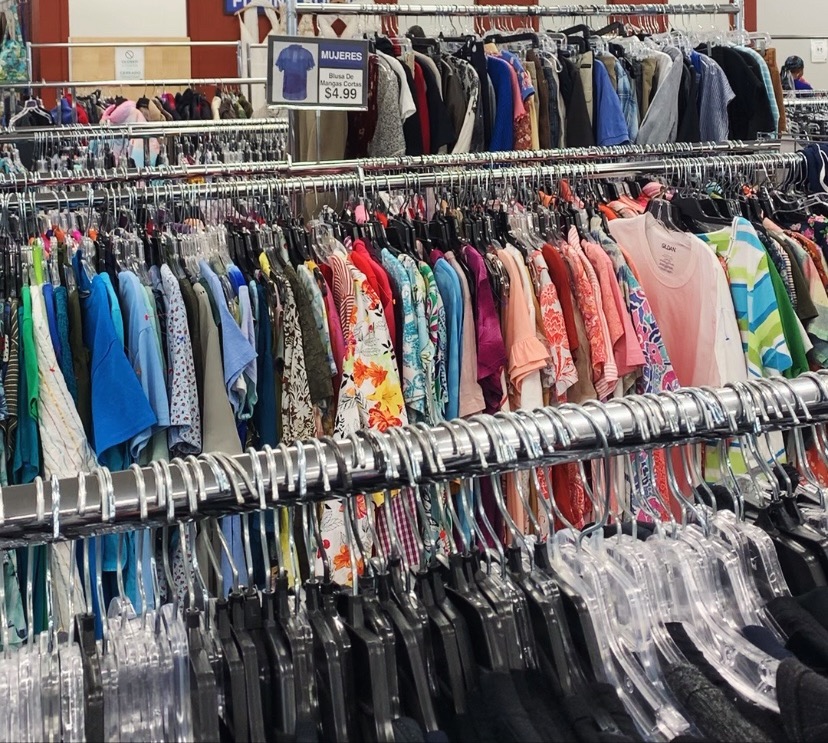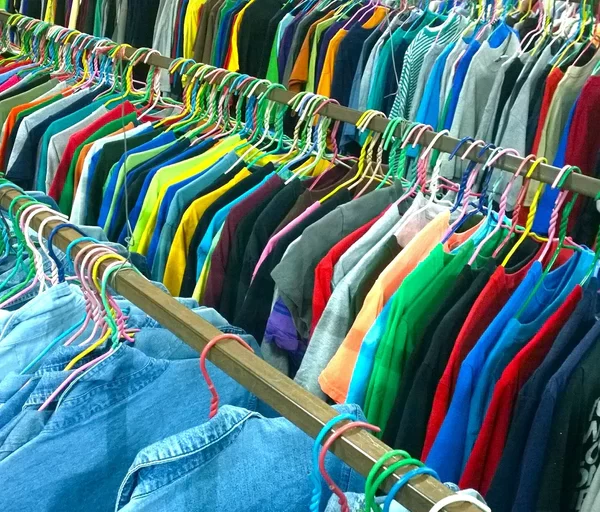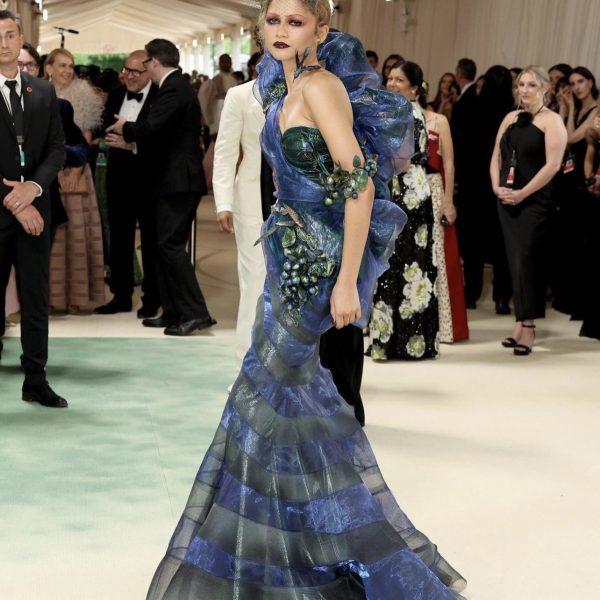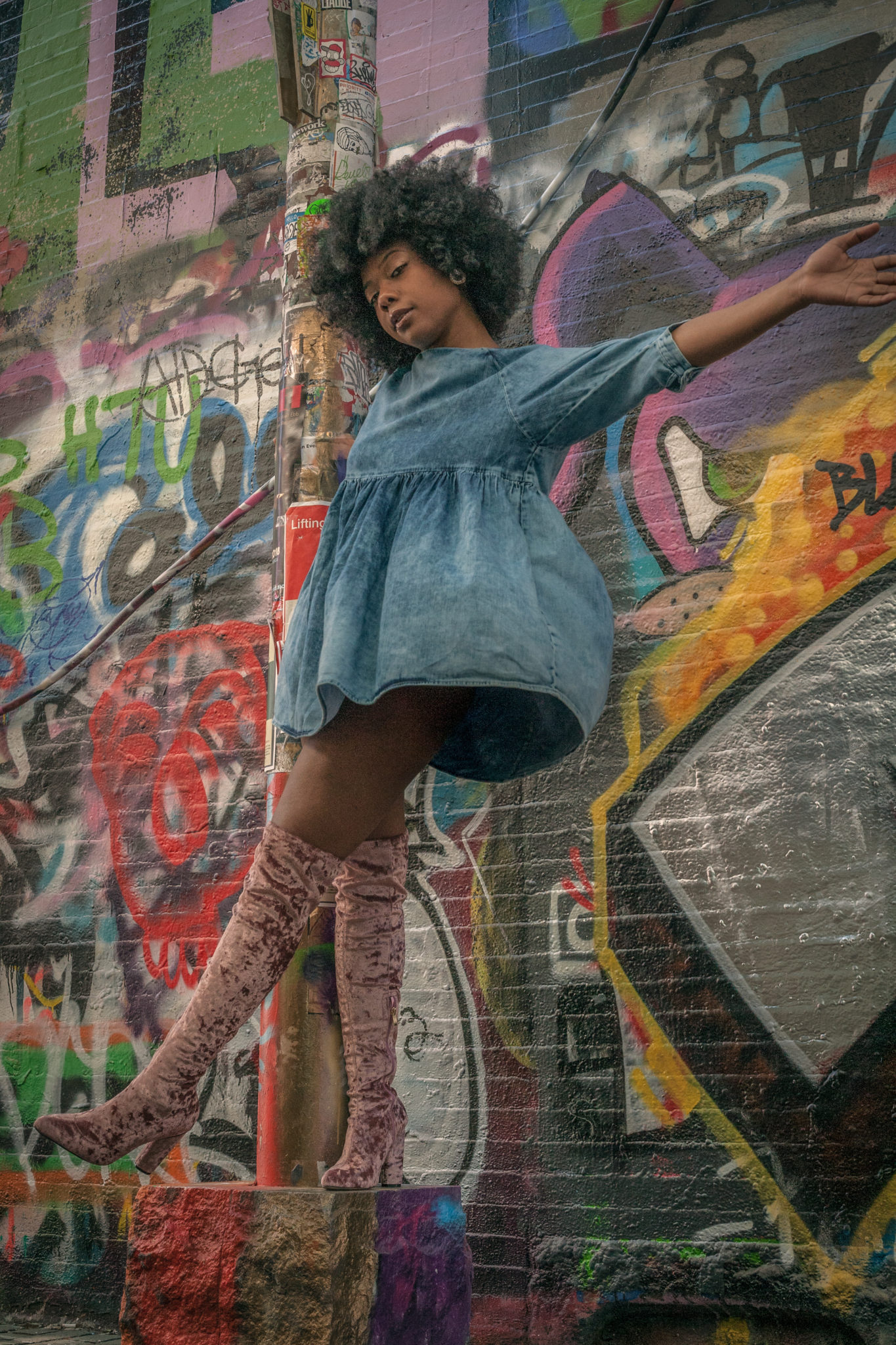It’s quite common to casually scroll on your social media feed; and stumble upon fast fashion hauls filled with all the latest seasonal trends and styles. Fashion hauls allow creators to showcase their recent purchases; while simultaneously influencing the buying behavior of their viewers. In today’s generation, social media has a powerful impact on what consumers buy, what consumers wear; and what aesthetics they feel pressured to live by.
Due to the pressure to keep up with the joneses, and the rapid increase in micro trends; nowadays a lot of fast fashion purchases are never worn.
Where do they end up you might ask?
In landfills; but they also end up at your local thrift stores.
There has been a steady influx of fast fashion brands discovered upon thrift store racks; with many still possessing their original tags. As the mass popularity of SheIn halls grew in 2021; it was common to go the thrift store, and find SheIn clothing scattered throughout the racks. Currently, you will find clothing from a plethora of other fast fashion brands such as Zara and Nordstrom.
One can argue that consumers are donating their fast fashion items that didn’t fit them; which is a realistic possibility. In addition, some thrift stores have partnered with fast fashion stores; and sell returned clothing; or wholesale items in bulk. While all of these reasons play a role in the rise of fast fashion at thrift stores; they are merely symptoms to the true cause, which is the social pressure to keep up with the latest fashion trends.
The thrift experience is very subjective; what is considered the “good stuff” to one person, may not be seen as the good stuff to someone else. Every thrifter defines this unique shopping experience in their own way. There are thrifters who get excited to find fast fashion at thrift stores; especially if it’s from a store with a higher price point.
On the other hand, there are thrifters who are searching for items they wouldn’t necessarily find at fast fashion stores; and that allow them to showcase their individuality. They are thrifting for clothing that with last, and with great material; which isn’t always apart of the fast fashion package. Fast Fashion clothes hold their name for a reason; due to their fast production, and cheap material that doesn’t have a vast longevity.
Another impact to the rise in fast fashion at thrift stores is due to the amount of times people wear their clothing. According to CBS Mornings, Americans on average wear their clothes up to 7 times before discarding them. While some end up at thrift stores; a lot of the discarded clothes ends up in landfills across the globe. One country that is no stranger to discarded fast fashion from Americans is Ghana.
One might ask; well why aren’t people rewearing their clothes?
The main answer: the social pressure to keep up with the latest fashion trends; and the current social media aesthetics.
There are memes and tweets where people broadcast how they can’t be seen on instagram wearing the same outfit twice. Consumers feel influenced to keep up with the fashion aesthetics on social media; and to fit in they don’t want to be seen wearing a style that isn’t current anymore.
In today’s world, it’s more about fitting in; than being yourself. The thing is, society isn’t always graceful and kind when people decide to be who they want to be.
If more people felt confident to discover their own personal style; and to embrace it; we would see less fast fashion at thrift stores. We would see more people boldly rewearing their clothes, finding different ways to style their clothes, buying styles that they truly love; and consistently building upon their style confidence. It would be less about keeping up with the latest social media fashion aesthetics; and more about embracing and expressing their own personal style.








